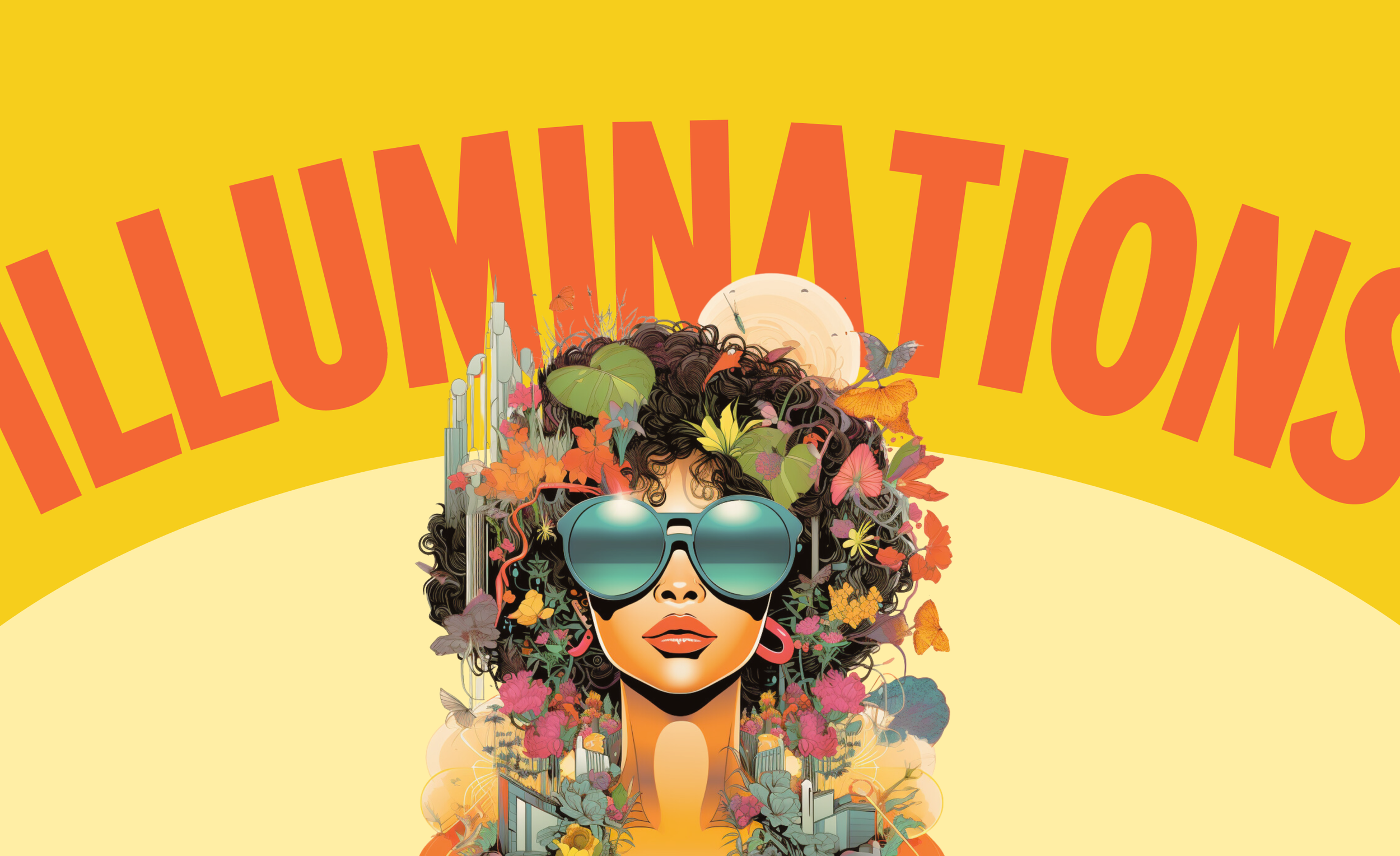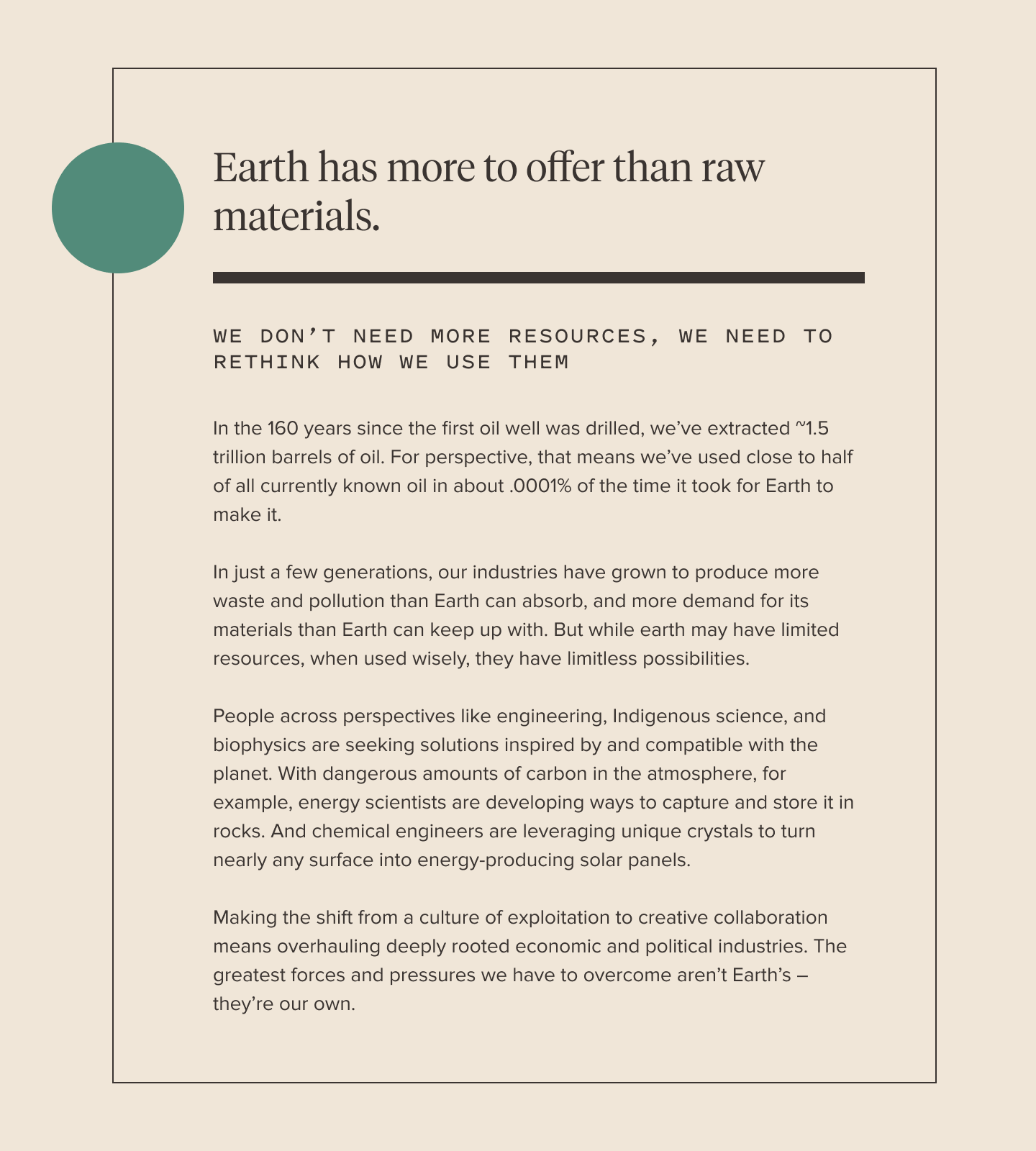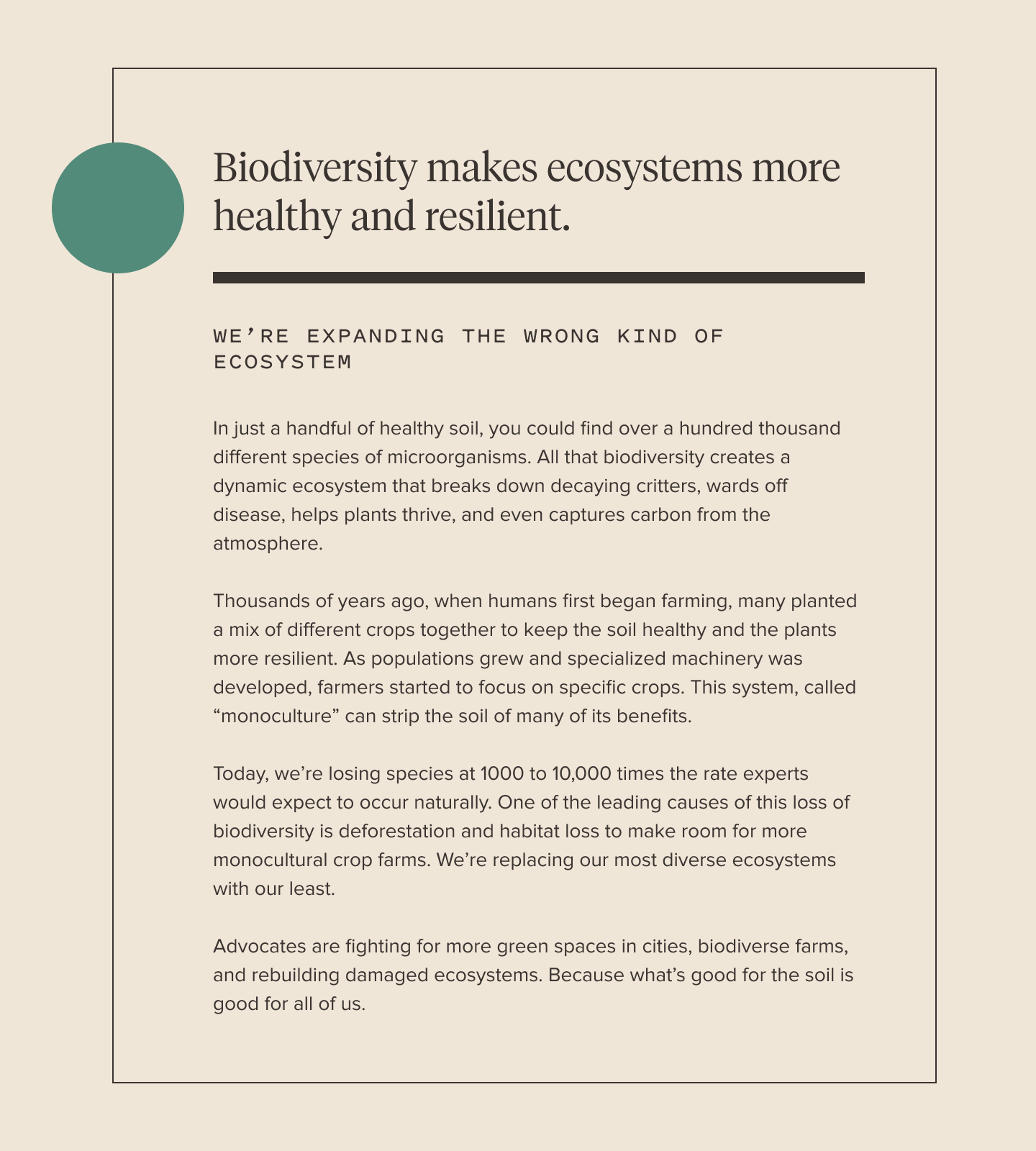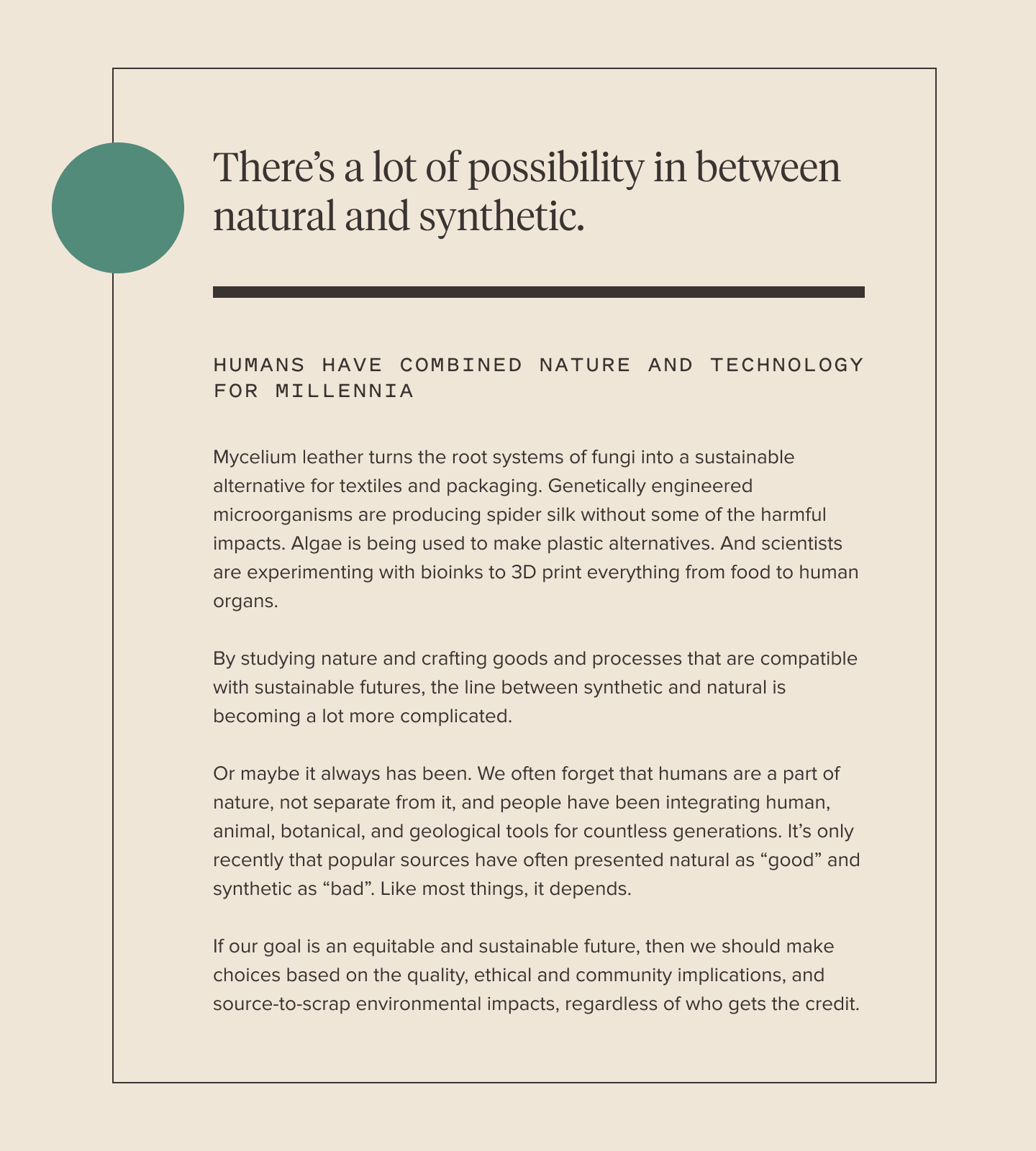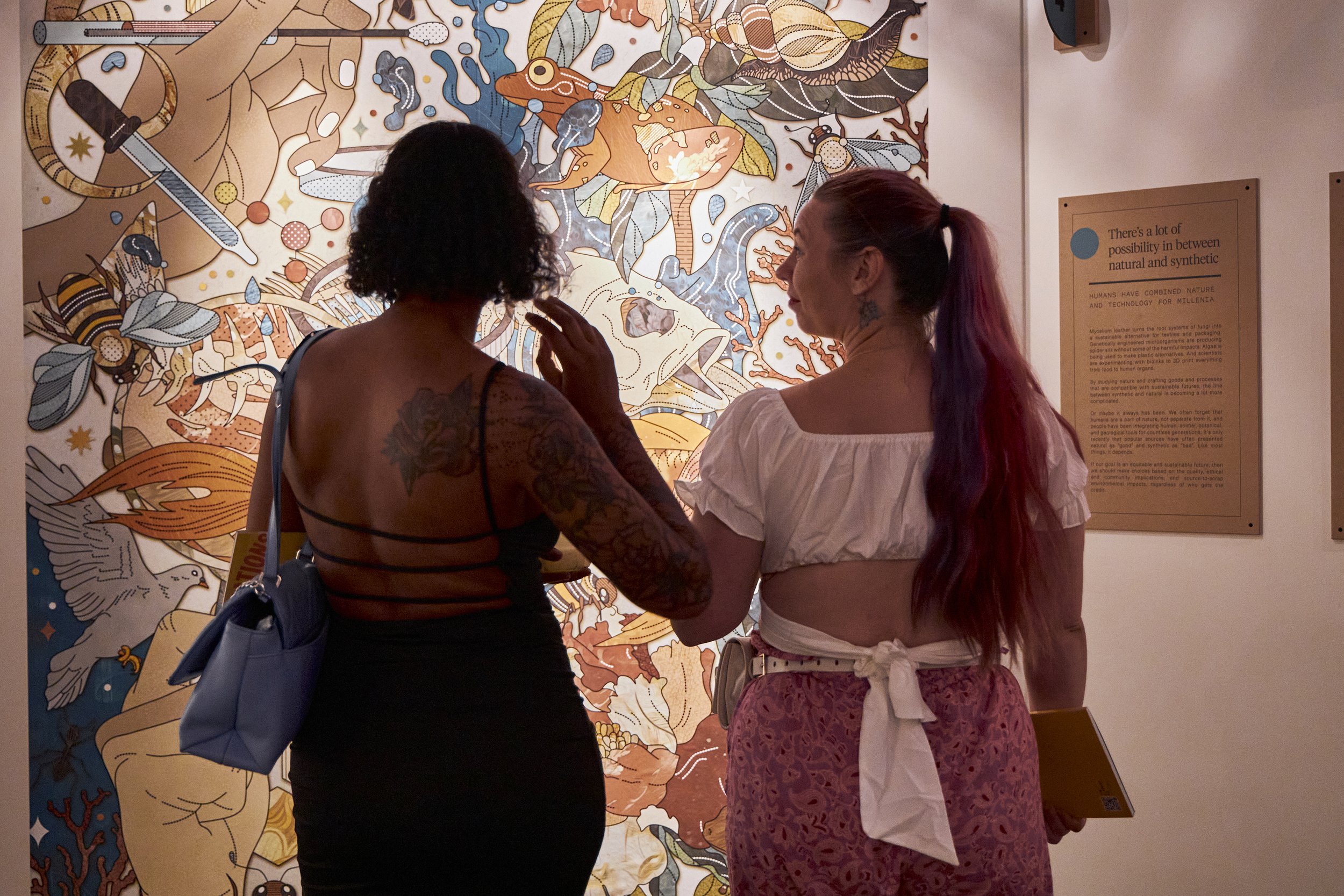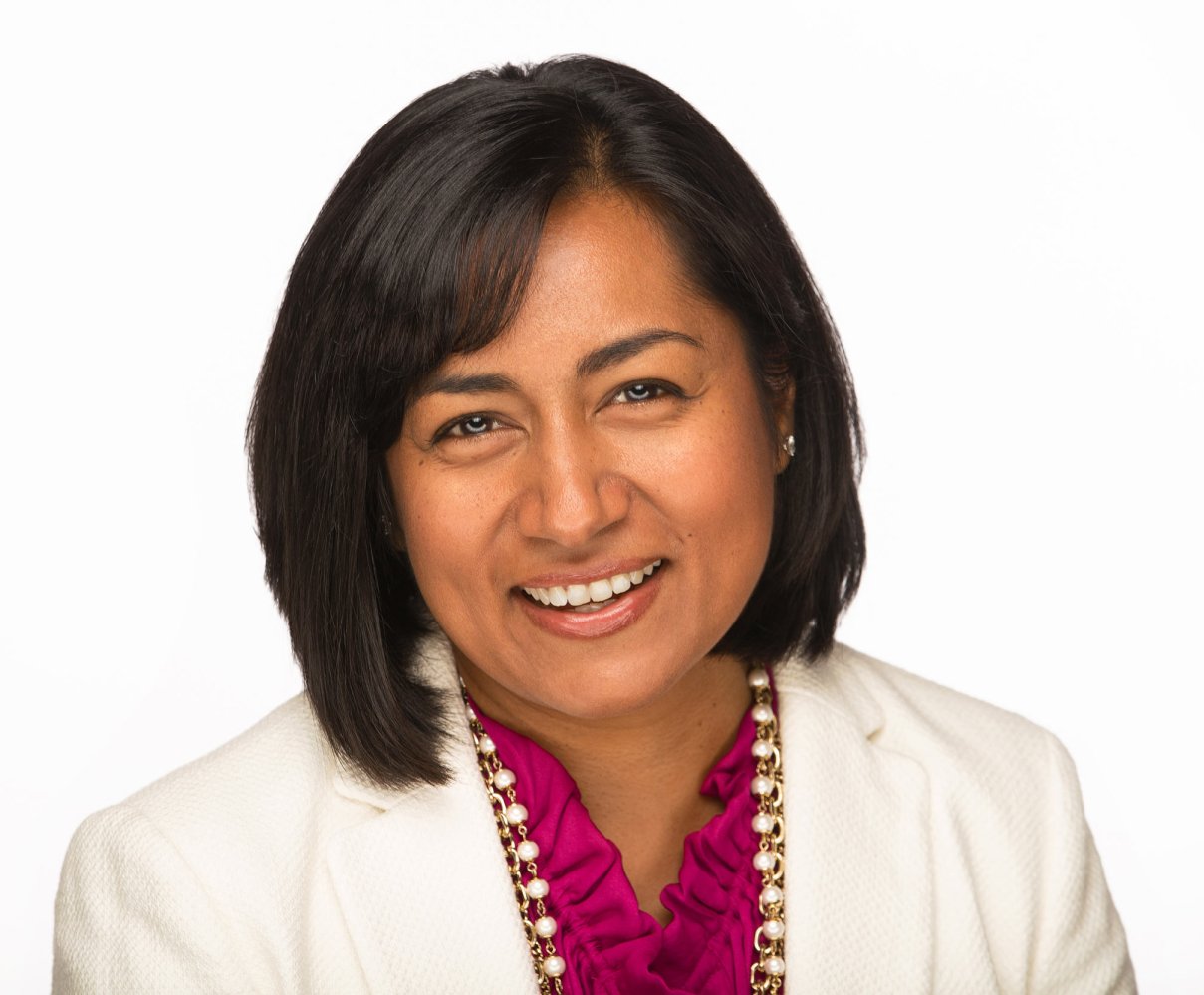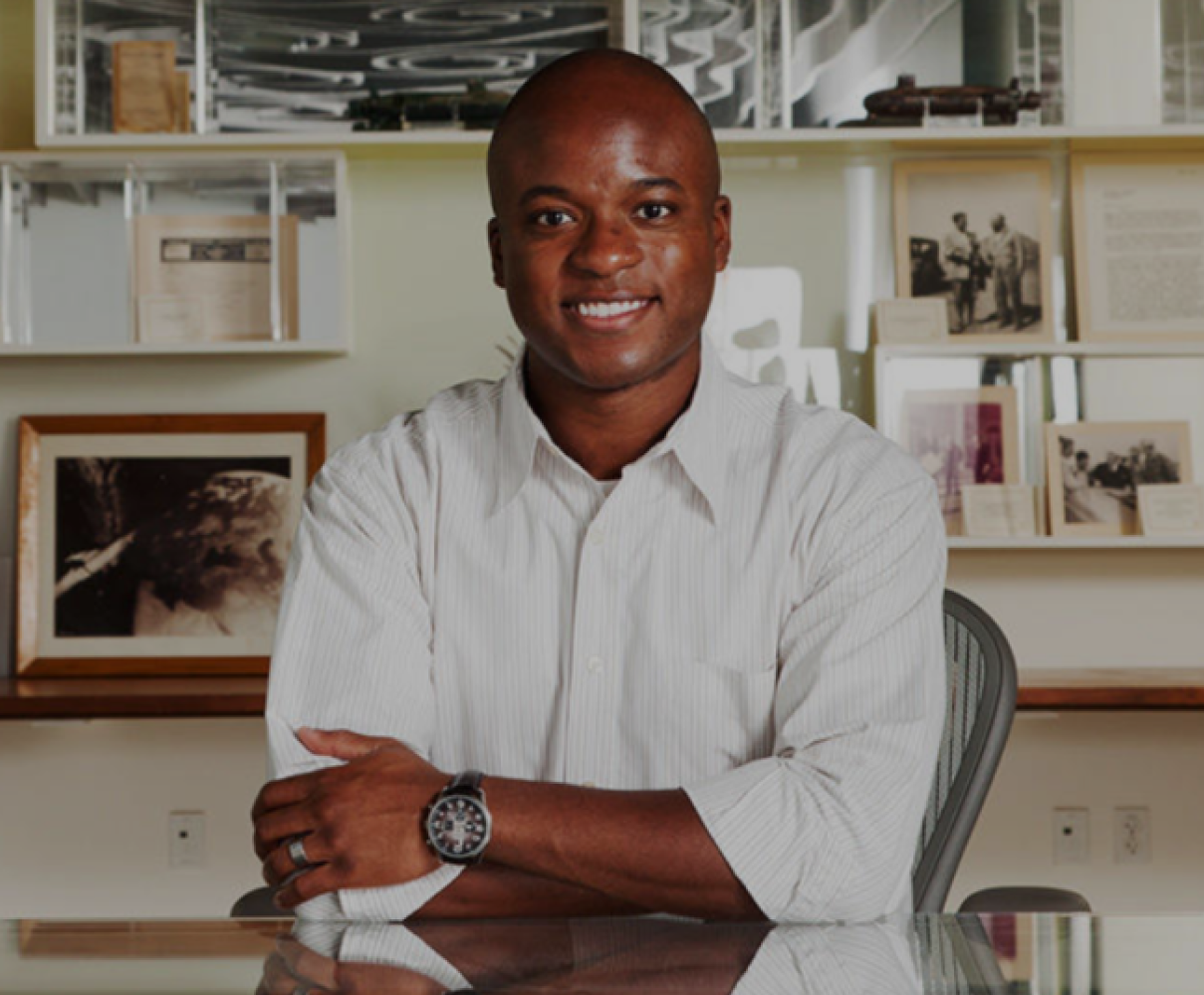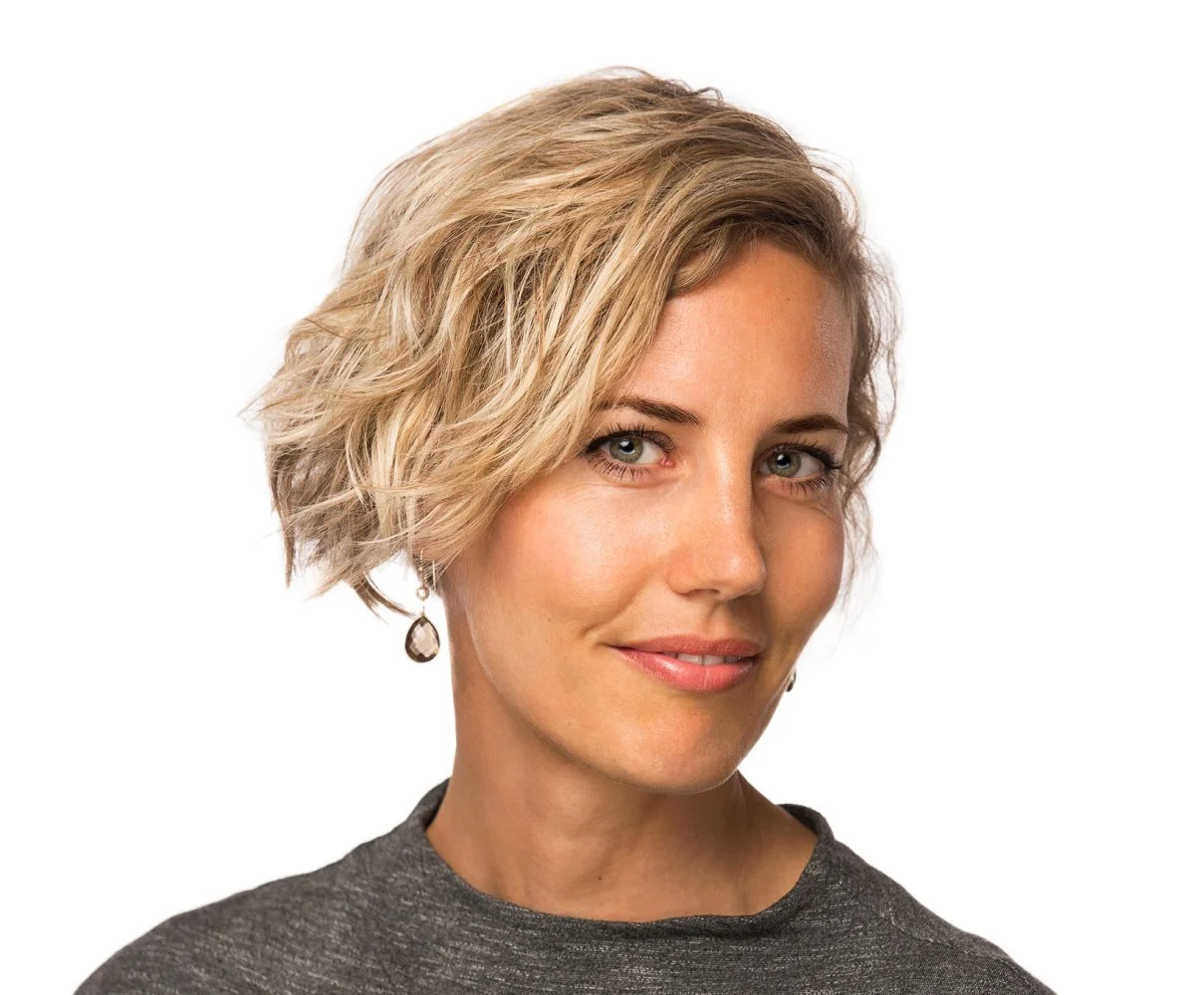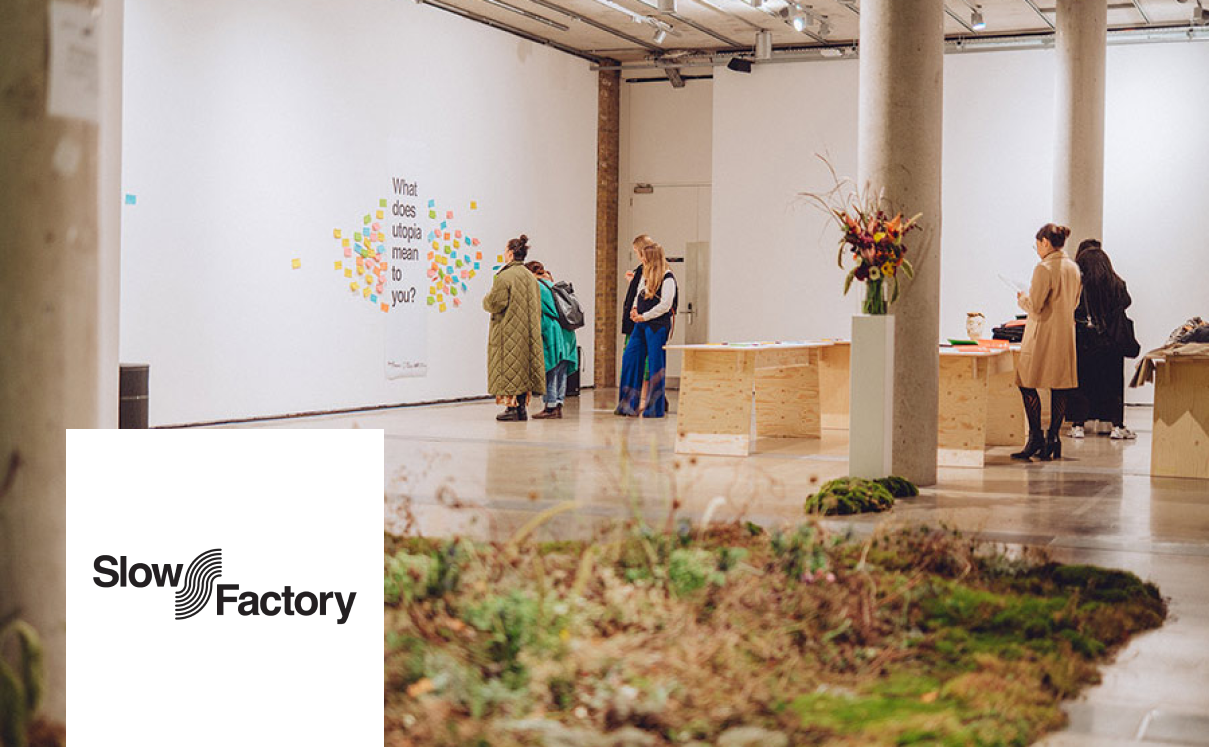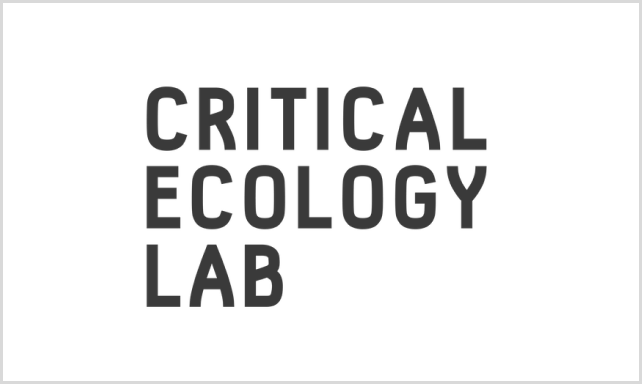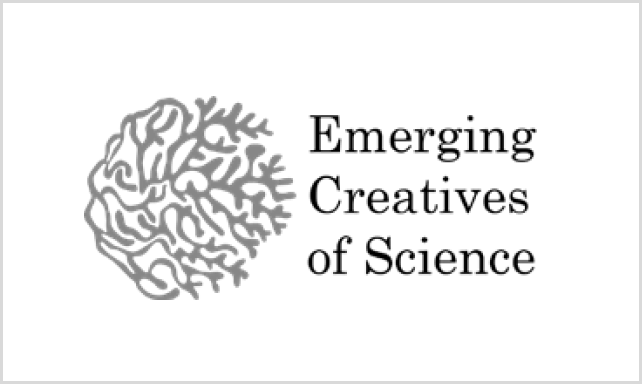BROUGHT TO YOU BY:NATURE KNOWS BEST
LEAD ARTIST:
Aashti Miller
@millerink.graphics
Nature provides a blueprint for us to rebuild, reuse, and renew.
For millennia, many people ate what they gathered or grew, used what they took, and repurposed whatever materials they could. Humans operated as part of the ecosystems that sustained them, and in many places, they still do.
When we started to mass produce the things we wanted, we also introduced unprecedented types and quantities of waste into nature. We built cities that, in many ways, isolated us from the rhythms and interconnections of the living world. We turned the cycles of nature into a linear system of extraction, production, and disposal. There’s a significant contrast between the systems we’ve built and the ones that thrive in nature. And the unintended consequences are threatening nearly every ecosystem on the planet – including ours.
Today, we often try to fix our economic and ecological systems without truly transforming them. Much of our recycling ends up in landfills due to misconceptions, politics, and a lack of infrastructure. We’re seduced by the allure of “greener” products to justify our consumption. And the forces most responsible for the damage have gotten very good at convincing individuals that it’s our responsibility, not theirs.
There’s no doubt that transitioning from a linear economy to a circular society calls for fundamental changes in how we act and what we’re willing to embrace. But the more our team dug into what we need to let go of, the more excited we became about what we could learn from nature’s way of doing things: new bio-inspired materials, more gardens and green spaces, closer communities. The transition is going to take all of our openness, imagination, and effort, but the grass really could be greener on the other side.
QUICK VIEW
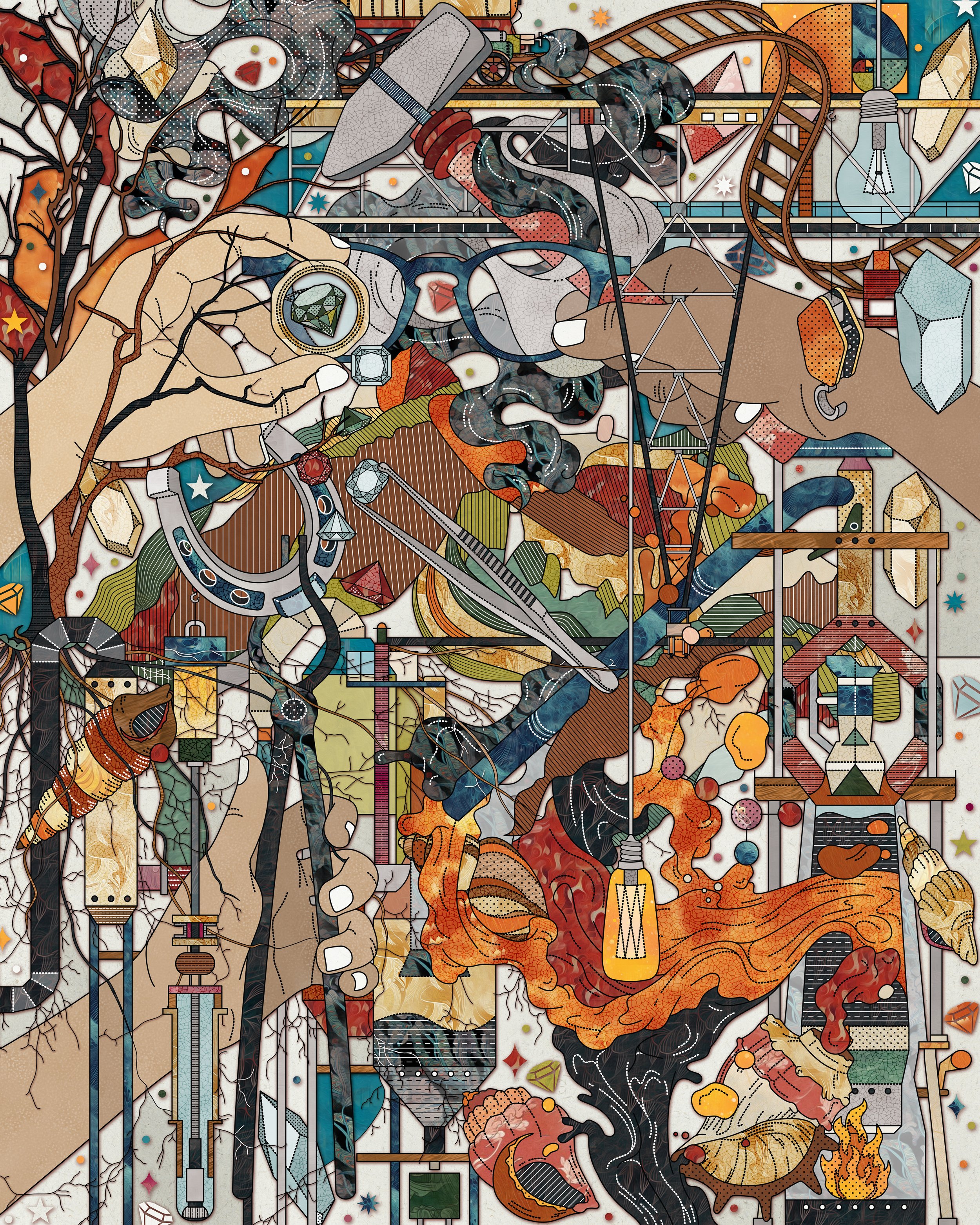
Earth has more to offer than raw materials.
WE DON’T NEED MORE RESOURCES, WE NEED TO RETHINK HOW WE USE THEM
In the 160 years since the first oil well was drilled, we’ve extracted ~1.5 trillion barrels of oil. For perspective, that means we’ve used close to half of all currently known oil in about .0001% of the time it took for Earth to make it.
In just a few generations, our industries have grown to produce more waste and pollution than Earth can absorb, and more demand for its materials than Earth can keep up with. But while earth may have limited resources, when used wisely, they have limitless possibilities.
People across perspectives like engineering, Indigenous science, and biophysics are seeking solutions inspired by and compatible with the planet. With dangerous amounts of carbon in the atmosphere, for example, energy scientists are developing ways to capture and store it in rocks. And chemical engineers are leveraging unique crystals to turn nearly any surface into energy-producing solar panels.
Making the shift from a culture of exploitation to creative collaboration means overhauling deeply rooted economic and political industries. The greatest forces and pressures we have to overcome aren’t Earth’s – they’re our own.
REFLECT
Regeneration aims not just to sustain, but to enhance ecosystems and communities. It's the act of giving back more than we take. How could our cities and towns transform if we actively aimed to enrich them, rather than just maintain them?
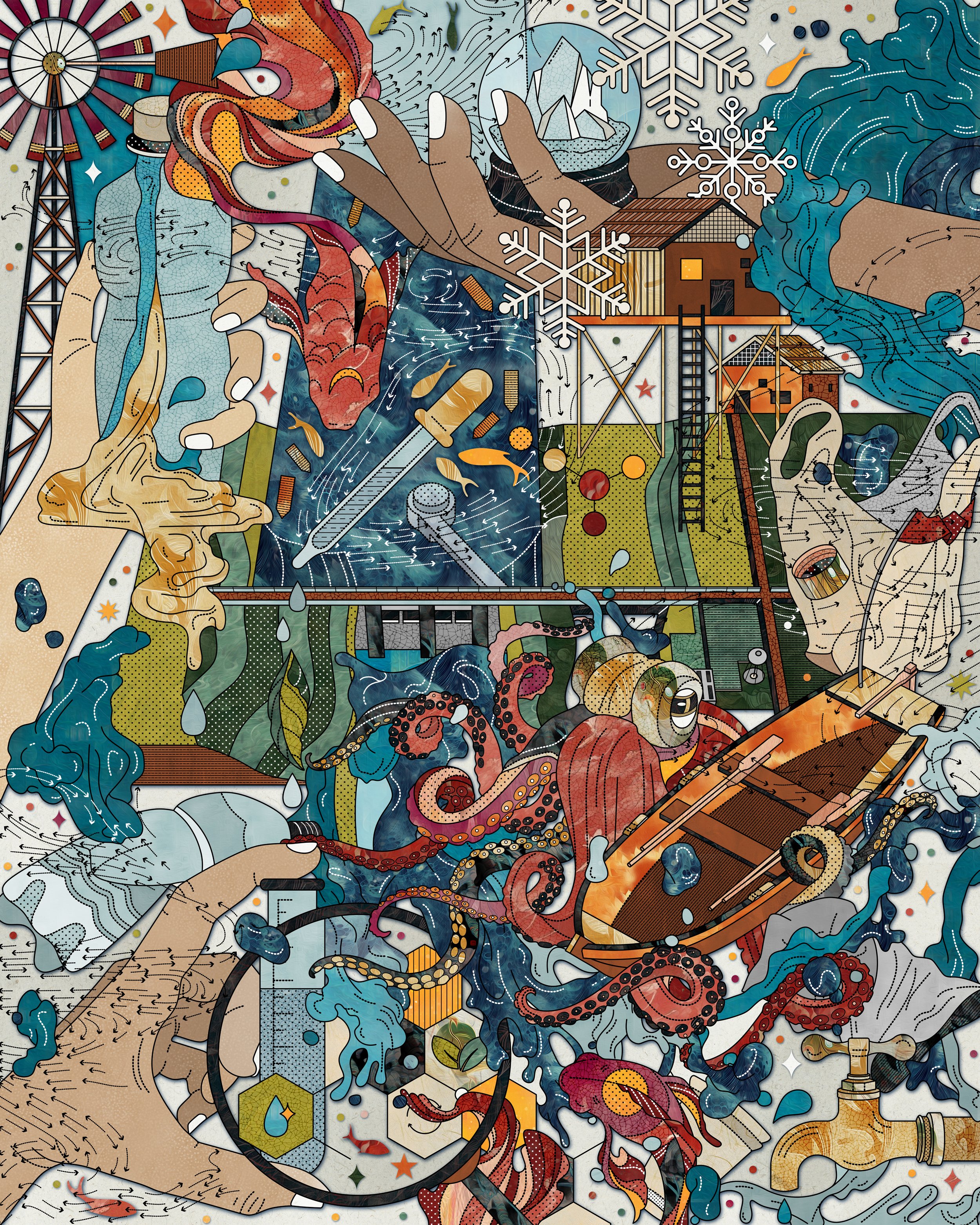
Everything on the planet is (very literally) connected.
NATURE’S WINDS AND WATERWAYS CREATE AN INTEGRATED WORLD
A few years ago, over six miles beneath the surface and 200 miles from the nearest land, a team of scientists explored the ocean’s deepest trench. Inside the creatures that live there, they found tiny pieces of plastic.
Microplastics have been found everywhere from the Arctic ice to the Pyrenees mountains. In less than a century, our creation has infiltrated all corners of the planet.
Nature is a complex, balanced system that’s constantly in motion. Ocean currents exchange water between the equator and the poles. Trade winds, like nature’s couriers, transport vital nutrients from the Sahara to the Amazon. Intricate networks and delicate relationships keep Earth habitable for a diversity of life forms. And we’re part of it.
The things we take, make, and throw away can leave a devastating mark on our world, yet harm isn’t our only legacy. For generations, many Indigenous communities have developed practices to nurture local ecosystems. Emerging technologies allow us to choose sustainability on a grand scale. In our deeply interconnected world, our choices — both harmful and helpful — change everything.
REFLECT
Biomimicry, inspired by nature's designs and processes, offers sustainable solutions. For example, the Shinkansen train in Japan was inspired by the beak of a kingfisher. Imagine if all our technologies were designed after nature; how might traffic or housing problems be different?
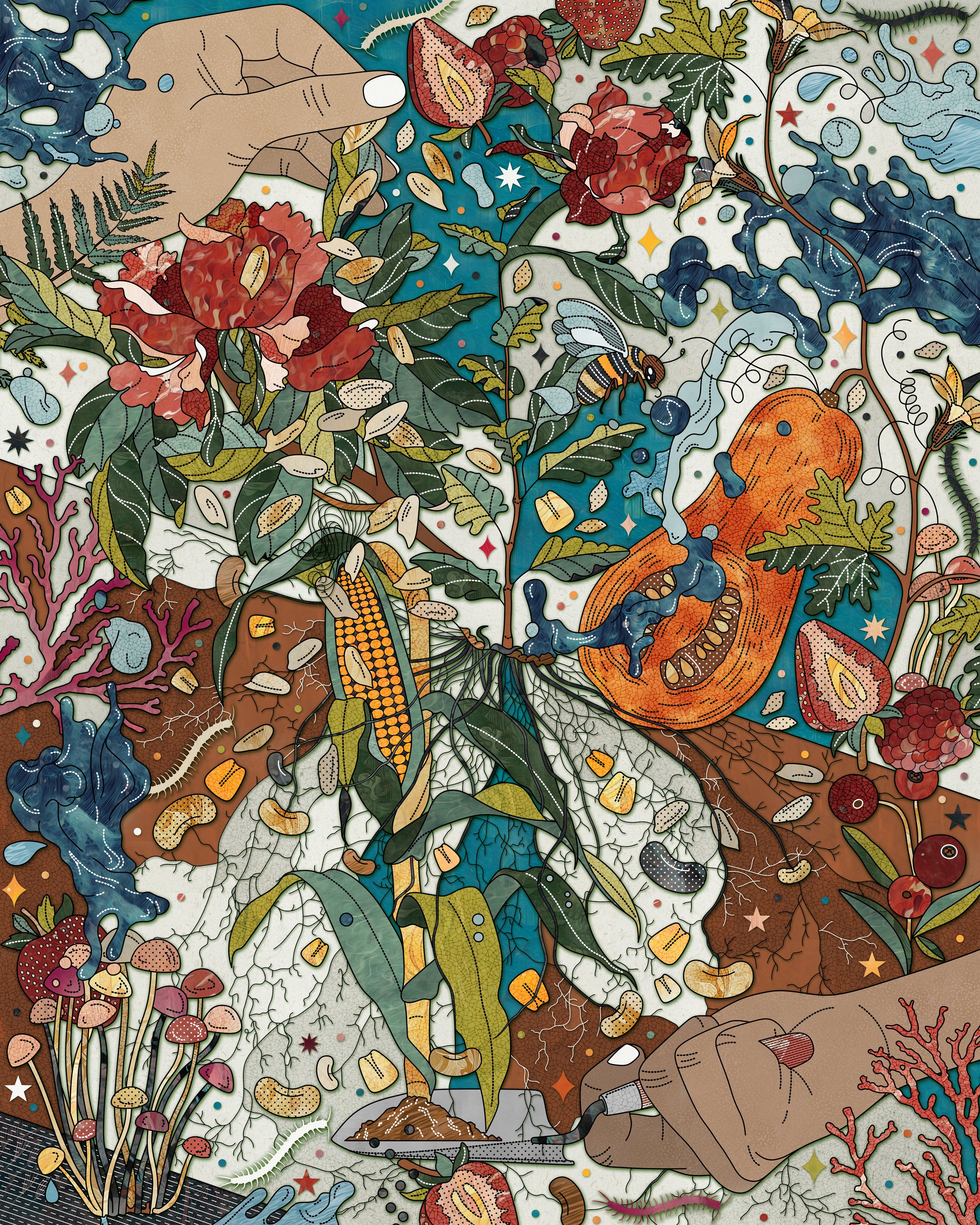
Biodiversity makes ecosystems more healthy and resilient.
WE’RE EXPANDING THE WRONG KIND OF ECOSYSTEM
In just a handful of healthy soil, you could find over a hundred thousand different species of microorganisms. All that biodiversity creates a dynamic ecosystem that breaks down decaying critters, wards off disease, helps plants thrive, and even captures carbon from the atmosphere.
Thousands of years ago, when humans first began farming, many planted a mix of different crops together to keep the soil healthy and the plants more resilient. As populations grew and specialized machinery was developed, farmers started to focus on specific crops. This system, called “monoculture” can strip the soil of many of its benefits.
Today, we’re losing species at 1000 to 10,000 times the rate experts would expect to occur naturally. One of the leading causes of this loss of biodiversity is deforestation and habitat loss to make room for more monocultural crop farms. We’re replacing our most diverse ecosystems with our least.
Advocates are fighting for more green spaces in cities, biodiverse farms, and rebuilding damaged ecosystems. Because what’s good for the soil is good for all of us.
REFLECT
A circular economy redefines waste as a resource, creating a loop where products are reused, refurbished, and recycled. If you knew everything you used had to have a second or third life, what might you do differently?
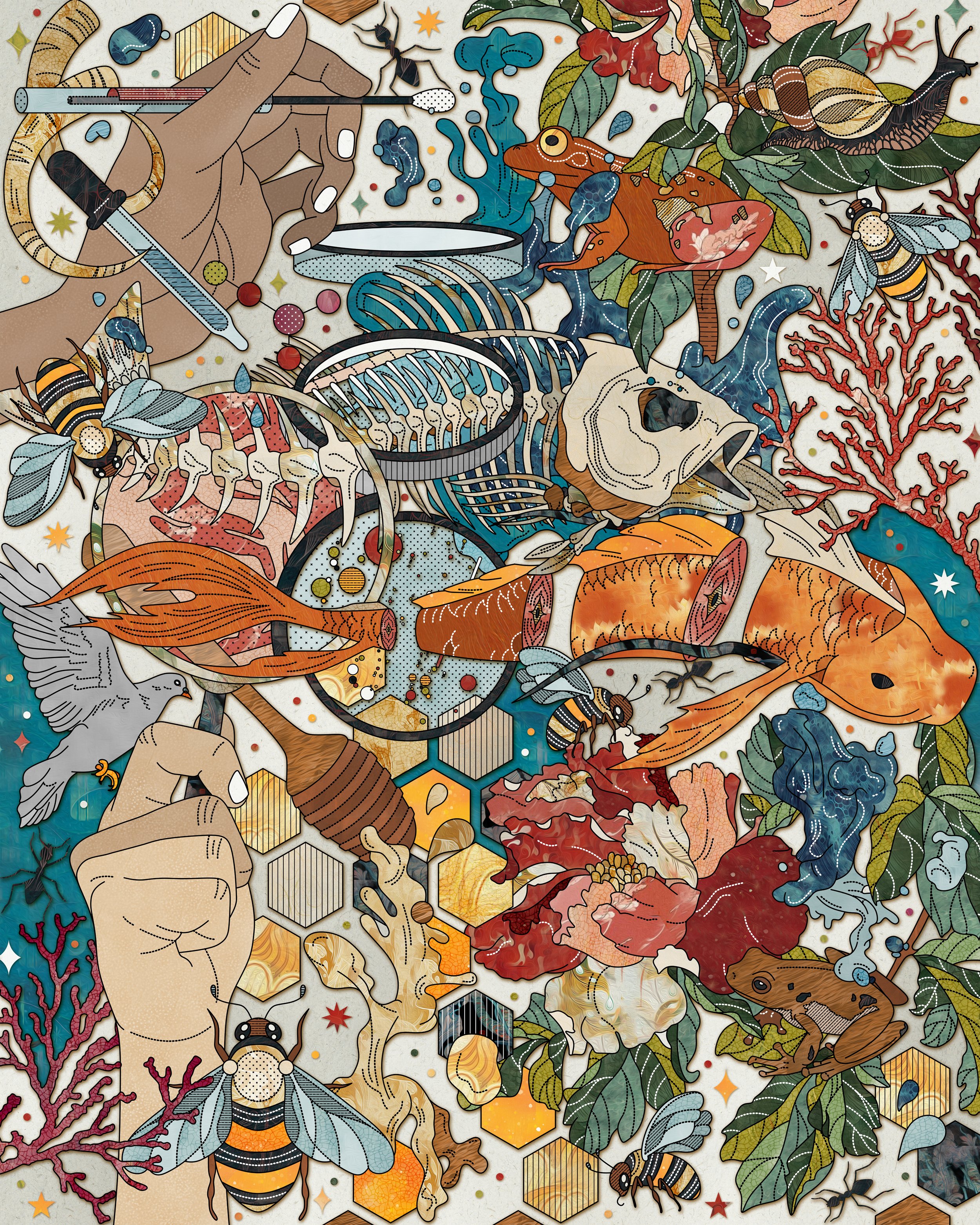
There’s a lot of possibility in between natural and synthetic.
HUMANS HAVE COMBINED NATURE AND TECHNOLOGY FOR MILLENNIA
Mycelium leather turns the root systems of fungi into a sustainable alternative for textiles and packaging. Genetically engineered microorganisms are producing spider silk without some of the harmful impacts. Algae is being used to make plastic alternatives. And scientists are experimenting with bioinks to 3D print everything from food to human organs.
By studying nature and crafting goods and processes that are compatible with sustainable futures, the line between synthetic and natural is becoming a lot more complicated.
Or maybe it always has been. We often forget that humans are a part of nature, not separate from it, and people have been integrating human, animal, botanical, and geological tools for countless generations. It’s only recently that popular sources have often presented natural as “good” and synthetic as “bad”. Like most things, it depends.
If our goal is an equitable and sustainable future, then we should make choices based on the quality, ethical and community implications, and source-to-scrap environmental impacts, regardless of who gets the credit.
REFLECT
Brands often tout "green" credentials, but true sustainability requires a holistic approach. What markers do you currently look for to ensure a brand's comprehensive commitment to sustainability? What might you be missing?

Nature Knows Best Animation
This animation tracks human interaction with and impact on the rest of the living world
In Collaboration with ECOSLindsay Newey
Lindsay is Emerging Creatives of Science (ECOS)’s lead graphic artist. Her favorite kind of work includes illustrating the strange and macabre phenomena of the natural world.
Create the cycle.
Right now, we have a fairly linear system of resource extraction, use, and waste. In most of the living world, it’s much more of a cycle, with waste feeding back into the system that will then produce more resources in the future.
Choose a product or item you use regularly. Draw a line down a blank piece of paper. On the left, trace out it’s current (common) lifespan from the resources needed to what happens when you’re done with it. On the right, imagine what it might look life if we designed the same item with a full, regenerative life cycle in mind.
BRING HOME THE EXHIBIT
SIGNATURE SCENT
Eucalyptus, Cypress, Pine, Tonka BeanWe partnered with Casita Michi to create custom, limited edition candles inspired by the themes of each exhibit.
SIGNATURE COCKTAIL
El silencio mezcal, green chartreuse, luxardo, limeThe baristas at The Foundry created custom cocktails (and mocktails) inspired by the themes of each exhibit. Incorporate their recipes into your home gatherings to get a taste of the exhibit.
MEDIA RESOURCES
What to check out next.
WORD BANK

SCIENCE SPOTLIGHT
Climate Change breaks up relationship between trees and their fungal symbionts.
Did you know that trees are in close communication with a certain kind of fungus? These fungi –called “ectomycorrhizal” – look more like spiderwebs than mushrooms, but they are a part of the largest kingdom of life on the planet that sits somewhere in between animals and plants.
They attach themselves to tree roots and feed off of the carbon the plant produces via photosynthesis while providing the tree with nutrients such as nitrogen and phosphorus. The fungi also help trees tolerate harsh environmental conditions.
New research from the University of Minnesota and Syracuse University shows that when trees were exposed to higher temperatures and less rainfall, two consequences of climate change, this relationship begins to fall apart.
The long-term experiment showed that when the temperature both above and underground was increased by 3.1 degrees celsius and rainfall was blocked by 30%, the composition of the different species of fungi shifted. Tree roots started with complex and diverse compositions of fungi species that provided deep-rooted networks. After the treatment, the composition became less diverse and made up of fungi that did not create deep networks.
Climate change effects reduce trees’ ability to fix carbon, leaving less available as food for their fungal partners, and with less food, those fungi will start to fail at their job in providing nutrients as well.
As one of the first studies on how climate change will affect this specific relationship, the research team will continue to explore how resiliency and communication are affected by these potential future conditions. But, it doesn’t look good for many symbiotic partnerships as the planet gets hotter.
Researchers across the world are continuing to investigate how seemingly subtle changes in our global ecosystems can have major unintended consequences for how they function.
[1] Fernandez, Christopher W., et al. "Climate change–induced stress disrupts ectomycorrhizal interaction networks at the boreal–temperate ecotone." Proceedings of the National Academy of Sciences 120.34 (2023): e2221619120.
FIELD SPOTLIGHTS
There are many leaders at the intersection of bio-inspired design and impact. Here are a few of the folks who inspire us across fields.
Follow the conversations
We’ve compiled lists of leaders in the space. While we can’t be responsible for what they say, we wanted to share a list of people that came up in our research.
Insider Insights
Takeaways that stuck with us from contributing experts.
REAL TALK
Ideas for action.
A lot of the challenges around sustainability require collective solutions, and many of them are fueled by policy and culture. But we talked to the experts about what you can do, too.
JOIN AN “ALL WE CAN SAVE” CIRCLE.
Community learning projects are initiatives that empower people to learn collectively, often outside traditional educational settings. Projects like the All We Can Save Circle – connected to the book of the same name – can help build skills, foster inclusivity, and address local challenges, and promote lifelong learning.
GET OUTSIDE AND FORAGE.
Getting closer to nature through foraging or other practices can help support environmental consciousness and encourages sustainable, interconnected mindsets. We suggest following Alexis Nikole Nelson for inspiration and signing up locally with Forage SF to get started!
SHIFT YOUR MINDSET AROUND “STUFF”.
You can’t change everything on your own, but people’s resistance can block change. Repurpose things, look for multi-use items, avoid unnecessary packaging and talk to your favorite take-out spots about how to shift to affordable eco-friendly alternatives – it’s hard to change the system as an individual, but building these habits will help us all embrace system-wide changes if we can get them.

ORG SPOTLIGHTS

THE ARTIST
Aashti Miller is an architect, illustrator and graphic designer. Born and raised in Mumbai, she studied Architecture at Cornell University in Ithaca, New York. She constructs her drawings in an attempt to make sense of the unexpected collision of her two seemingly disparate worlds. Her work is heavily inspired by and explores spaces, places, and faces.
THANK YOU TO OUR CONTRIBUTORS
In addition to the countless authors and creators whose work we reviewed, we wanted to thank the experts who took the time to formally share their thoughts with us. While they’re not responsible for anything we got wrong, they may be responsible for a lot of what we got right!
Astrid Willis Countee, Data Anthropologist & Technologist
Caroline James, Director of Sustainability
Chris Alice Kratzer, Director, Owlfly LLC
Julie Lesnik, Associate Professor of Anthropology
Melissa Pappas, Founder, Emerging Creatives of Science
Shyama Vermeersch, PhD, Researcher, University of Groningen
Sofia Wang, Co-founder, MycoWorks
Suzanne Pierre, PhD, Founder, Critical Ecology Lab
Aquatic Ecologist & Assistant Professor, Anonymous
ILLUMINATIONS WAS MADE POSSIBLE BY:COMMUNITY PARTNERS:SUSTAINING PATRONS:Andrew Watson
Camilla Rockefeller
David Kelley
Hillari & Michael Sasse
Wendi Zhang
CONTRIBUTORS:Astrid Countee, Research Associate
Camille Rose, Photographer
Crystal Dilworth, PhD, Board Member
Daniel Aguirre, Community Organizer
Esther Knox-Dekoning, Web Designer & Developer
Erick Salazar, Videographer + Photographer
Lindsay Newey, Animator
Kathleen Sheffer, Photographer
Maya Bialik, EdM, Board Member
Melissa Pappas, Arts & Exhibits Collaborator
Michelle Paull, Strategic Advisor
Sam Galison, Design Engineer
Samuel Knox, Software Developer
Stacey Baker, Research Associate
VOLUNTEERS:Alex Collins
Amanda Vera
Ana Ostrovsky
Andrew Graves
Bo Bradrich
David Kelley
Hillari Fine Sasse
Jimmy Maley
Kim Pedersen
Kim Tereco
Marques Jackson
Mauri Sanchez
Melissa Pappas
Michael Sasse
Negin Hemati
Pam Pedersen
Sandy Delgado
Spencer Kerber
Su Chon
Tracy Silver
Victoria Becker
Zoe Austin
THE PLENARY, CO. TEAM:Stephanie Fine-Sasse, Founder + Director
Ashley Cortés Hernández, Clubhouse Director
Christine La, Community Content Director
Samar Ibrahim, Community Engagement Manager


